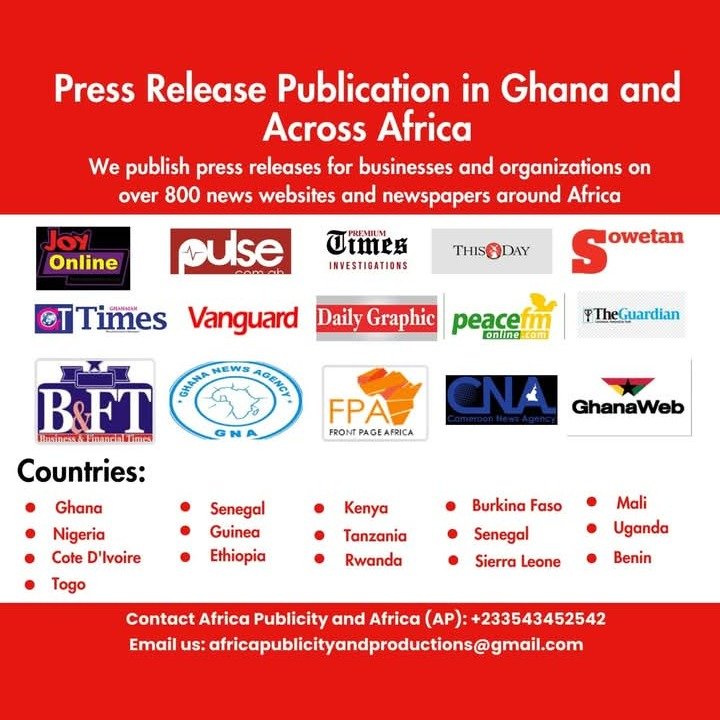Source: Africa Publicity
Billions worldwide lack access to essential financial services most in developed nations take for granted. Unable to open accounts, secure credit, or process payments, the unbanked live largely cash-based lives vulnerable to disruption. But fintech innovations are reaching this vast underserved population, providing digital on-ramps to the modern economy.
The High Costs of Financial Exclusion
Lacking stable financial tools inflicts heavy burdens on the world’s poor including:
– Cash dependency making households prone to theft and unable to safely save.
– Missed income from inability to collect digital payments for work or sales.
– Exorbitant fees for check cashing, payday loans and remittances through informal channels.
– No financing options to start businesses or make vital purchases.
– Difficulty securing decent housing without verifiable employment or credit history.
This marginalization seals chronic poverty. But creative fintech solutions are banking the unbanked through new ideas and business models.
Keys to Serving the Underserved
Main barriers preventing unbanked people from joining the formal system include:
– Insufficient funds to open accounts or maintain minimum balances.
– Remote geography far from physical bank branches.
– Lack of IDs, credit histories and other documentation.
– Distrust of institutions or shunning for cultural/religious reasons.
– Illiteracy hampering ability to use traditional banking interfaces.
Fintech providers circumvent these hurdles through tailored solutions like:
– Low-cost microsavings accounts and microloans accessible on mobile phones.
– Biometric identity verification replacing paperwork.
– Local agents providing personalized sign-up assistance.
– Mobile wallets supporting cash transfers and payments without a formal account.
– Intuitive voice and translation interfaces overcoming literacy barriers.
Major Fintech Use Cases
Key fintech models bringing financial access include:
– Microfinance – Small affordable loans and savings products for underserved groups like women entrepreneurs.
– Crowdfunding – Enables pooling funds from multiple contributors to finance needs unmet by traditional lenders.
– Remittance technology – Apps simplifying international money transfers for migrant workers to support families.
– Mobile wallets – Allow virtual storage and spending of funds through basic mobile phones. Popular in Africa.
– Cryptocurrency – Digital payment networks potentially bypassing banks. But volatility and fraud remain issues.
– Buy now pay later services – Offer financing for purchases through flexible installment repayment models.
These platforms are rapidly expanding with venture investment in emerging markets booming.
Remaining Challenges to Overcome
While progress is exciting, barriers to full financial inclusion persist:
– Patchy internet and mobile infrastructure with limited network coverage.
– Low digital literacy and lack of trust impeding adoption of virtual financial tools.
– Weak identity verification mechanisms unable to confirm users’ identities remotely.
– Persistent gender gap with women disproportionately excluded from services.
– Difficulty navigating partnerships between fintech disruptors and incumbent financial institutions.
But sustained private sector innovation combined with public infrastructure investment and policy reforms can overcome these hurdles and open economic opportunity to millions worldwide.
The Promise of Fintech for Human Development
Financial exclusion is a key force perpetuating poverty and inequality globally. Fintech offers solutions tailored to the underserved, granting digital pathways to banking’s benefits. With supportive policies and continuous innovation, fintech can spur financial independence and empower the disadvantaged worldwide.








